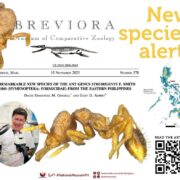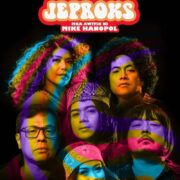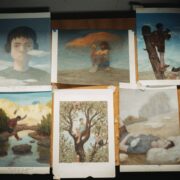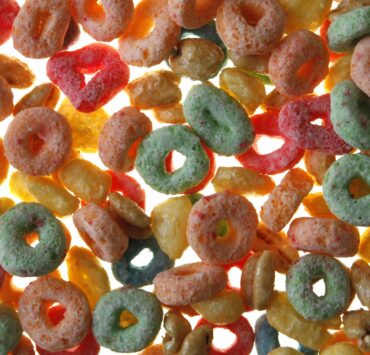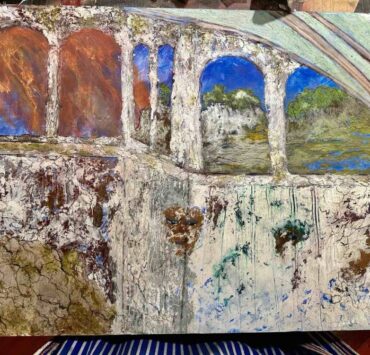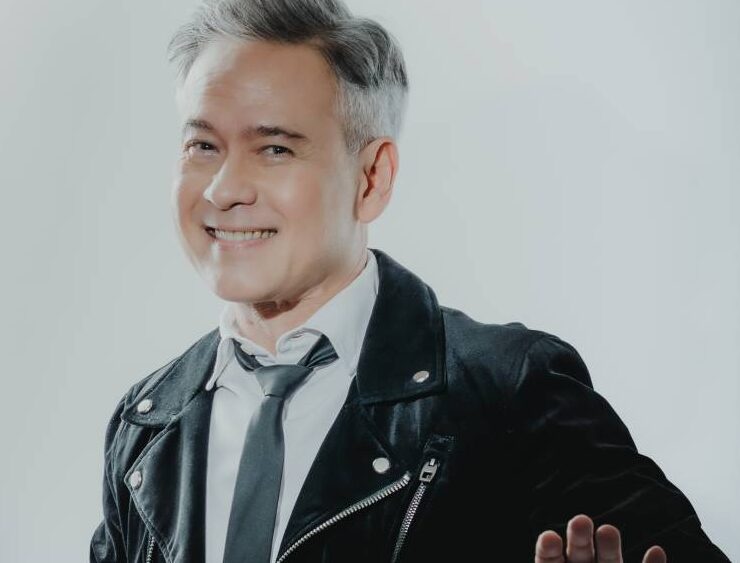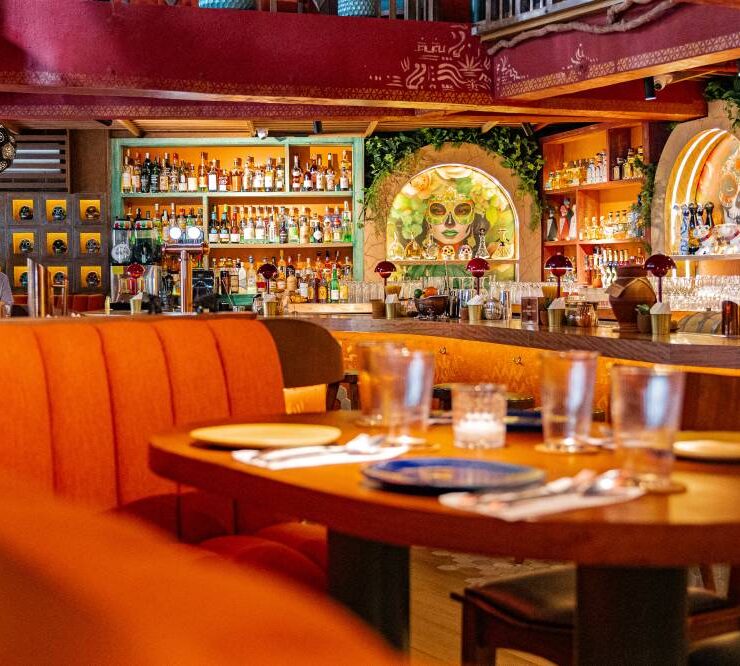Instagram icons meet 19th-century Filipiniana
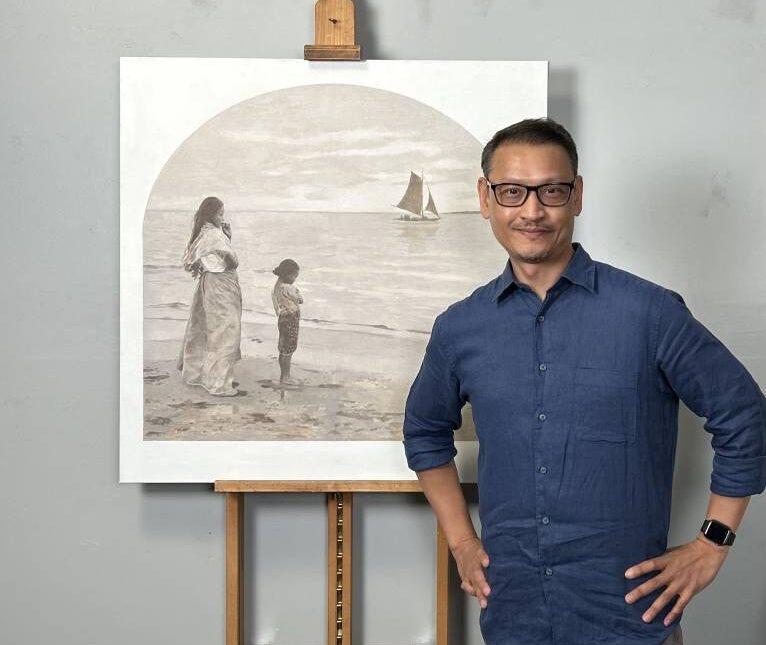
At a glance, the paintings, realistic grayscale depictions of 19th-century Filipinos, seem like relics of another era. A grandmother in baro’t saya balances her wares atop her head. One peddler, wearing a camisa de chino and hat, carries two jars of milk suspended from a pole across his shoulder, while another carries two large baskets. Peasants ride cows laden with woven luggage.
In another painting, a mother and child gaze wistfully at a boat on the horizon. A woman in colonial dress, complete with full, puffy sleeves, looks pensively into a mirror. A closer look, however, reveals their intriguing juxtaposition with Instagram icons.
Asked about the presentation of these historical paintings as Instagram posts, Filipino-American painter Chris Patio replies, “These reflect the highly commoditized aspects of today’s world.”
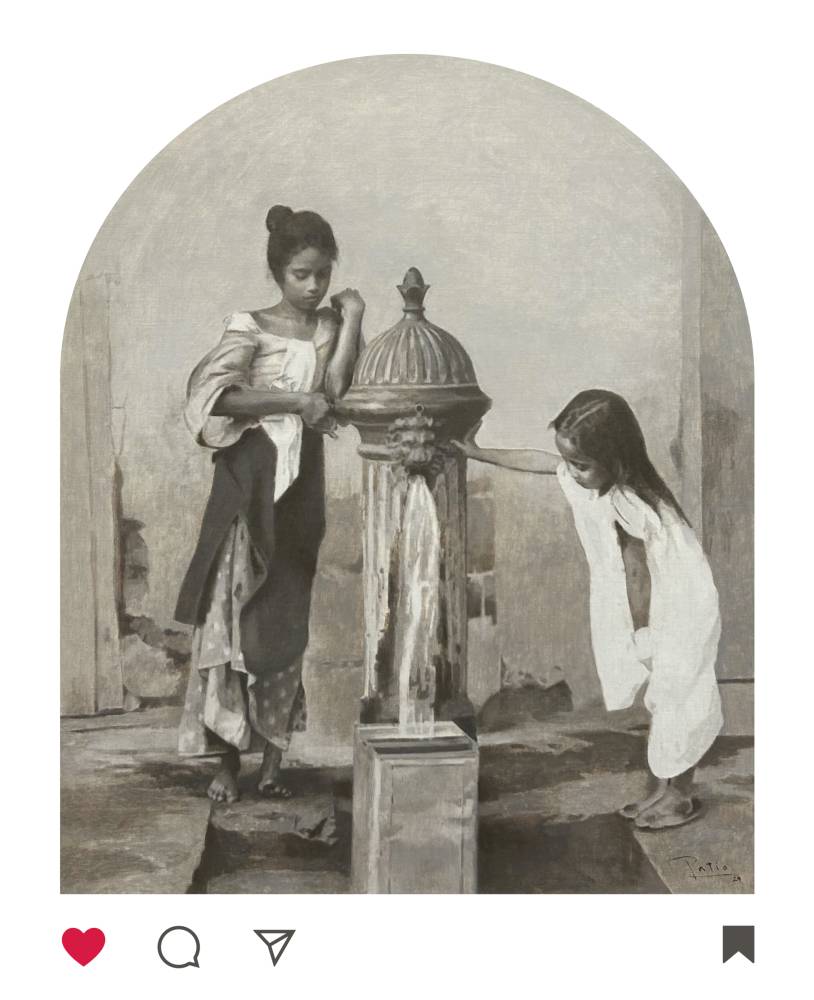
Patio will open his exhibit, “Heritage and Algorithm,” on Feb. 19 at Vetted 126 (Mile Long Arcade, Makati). The exhibition highlights his dual life—his love for his Filipino heritage and his career as a user experience director for Salesforce, a leading software company in Silicon Valley.
Patio’s work masterfully transforms grayscale into a vibrant landscape of memory and emotion. Through his skillful layering of oil and pigment, he creates pieces that resonate with nostalgia while revealing a deeply personal connection to his subjects.
Fresh
In a local art scene often saturated with mediocre work and overnight “painters” making a killing with their abstractions, Patio’s pieces offer a breath of fresh air. A product of Ibarra dela Rosa’s tutelage at the Philippine Women’s University, he further honed his skills in California under mentors specializing in classical techniques and figurative paintings, including Michael Klein, Carlo Russo, and Tobias Hall.
Painter Andrew Ameral, head of the Golden Gate Atelier and former director of Anatomy at the Florence Academy of Art, significantly influenced him, exposing him to centuries-old techniques in realism and art history. Ameral also provided him a deeper understanding of human anatomy, every muscle and sinew.
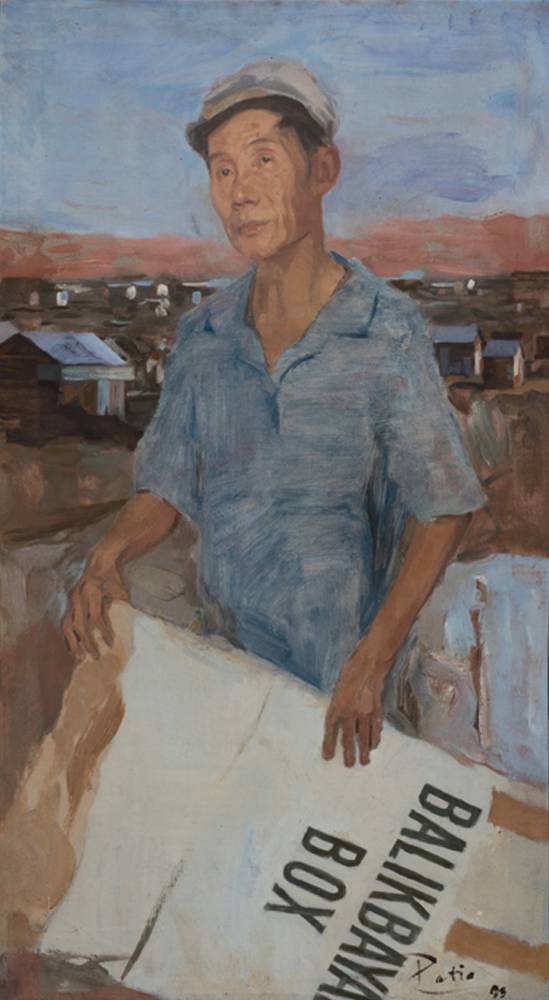
Patio cites Ameral’s dedication and discipline as a key inspiration. “No day without a line,” he says, emphasizing the importance of daily practice.
Despite migrating to California in 1994, Patio participated in the Shell National Student Art Competition in 1995, winning second place for his oil painting, “Mas Pipiliin Ka Pa Rin (You Will Still Be Chosen).” The painting, depicting a man longingly carrying a balikbayan box, was inspired by an elderly woman he saw with a similar box in the Bay Area and reflected his feelings of homesickness.
Patio is an avid collector of old photographs, particularly those depicting subjects that reference heritage. One achromatic oil painting, “Water Fountain,” features a woman in baro’t saya and a young girl using an old fire hydrant like a water fountain. He employs oil paint on linen canvas, creating a rich, textured surface. To achieve the nuanced shades of gray, he mixes burnt amber with ultramarine blue.
Warm and cool tones
“There’s a tension between warm and cool with those hues,” he says. “I paint in a way that’s minimal while capturing the essence of the story. The viewers can identify with the images. The best compliment I’ve received from social media is that the work is ‘Pinoy na Pinoy’—truly Filipino.”
Set against the backdrop of Mount Arayat in Pampanga, “Pag-uwi (Homecoming)” portrays a couple riding cows, their belongings piled high, the woman shielding herself from the sun with an umbrella. The scene pays homage to his father’s province. “That image captures special moments from my childhood,” he says. “There’s a deeper meaning to it. ‘Pag-uwi’ is like revisiting my roots in fine arts.”
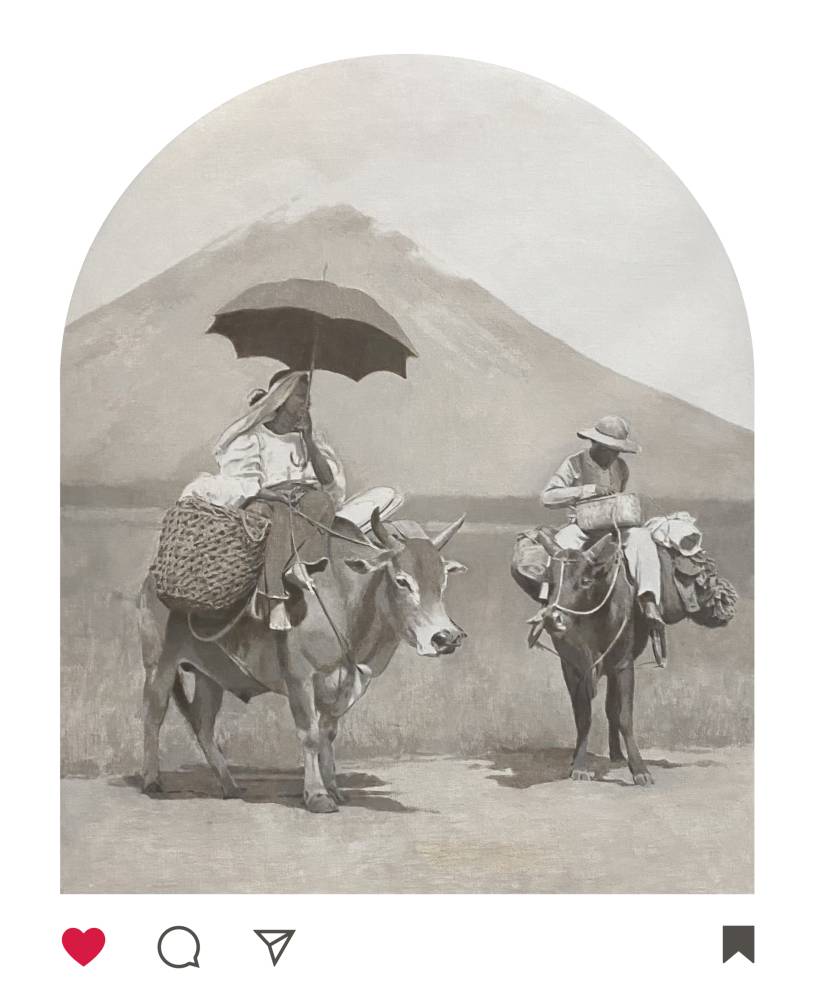
In Pleasanton, California, Patio works as a designer, collaborating with engineers to create user-friendly digital products. In his free time, he dedicates himself to painting. “I joke that my day job funds my dream to return to fine arts,” he says. “That’s really how I carve out time to paint.”
“Paglisan (Parting),” depicting a mother and daughter gazing at the sea, is perhaps Patio’s most evocative piece about his family, capturing the emotional weight of his own departure for the US. It was inspired by his wife and his daughter.
The Instagram icons—heart, thought bubble, arrowhead, and ribbon—create a stark contrast to the romanticized scenes. “There’s a social commentary in the title ‘Heritage and Algorithms,’” Patio explains. “The latter is essentially a set of rules that, with more interaction, can be amplified or even manipulated, creating bias towards one idea over another. I want to use those icons to convey the influence of technology. They represent the highly commoditized symbols of our time. My hope is that these works can create more awareness about the things we should value like our heritage. It’s about recognizing the things that define you in the present.”
“Heritage and Algorithm” will run through March 7


